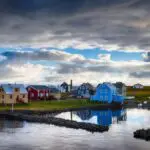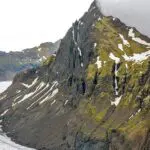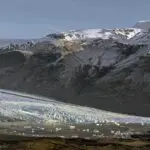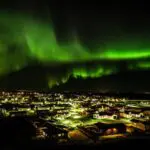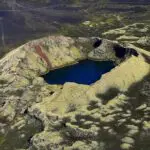According to the Old Icelandic Calendar, Góa begins between 18 and 25 February. This fifth (and thus second to last) month of winter brings brighter days and the promise of spring.
The first day of Góa is also Woman’s Day/Housewife’s Day – like the first day of Þorri is Husband’s Day.
Woman’s Day was known in the mid-19th century; however, official records only date back to 1927.
Nordic and Northern European people used the Norse calendar until Christianity took over. However, Icelanders kept using their calendar version, especially the names of the months, until the 18th century. Icelanders still use a few month names, especially þorri, góa, and harpa. The first days of those months are the husband’s day, the woman’s day, and the first day of summer, respectively.
You can read all about the calendar here. Then we have posts about individual months:
What happens on Woman’s Day?
Just as men are pampered on Husband’s Day, women are pampered on Woman’s Day. Traditionally they are given flowers, but that custom started in the mid-20th century. One of the first advertisements for Woman’s Day Flowers is from 1957.
Today, women are still given flowers, but many get breakfast to bed and just general pampering.
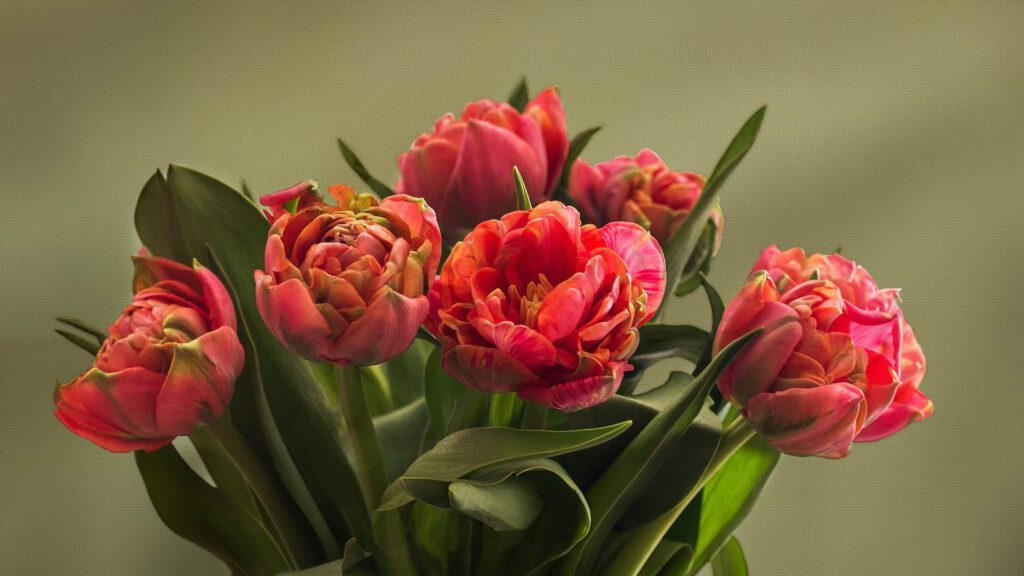
What is Góa?
The word’s etymology is unknown, but before the 18th century, it was known as Gói. The name may have something to do with snow. The oldest source for the first day of Góa being called Woman’s Day is since the 19th century. It could, however, be much older since written sources don’t tell the whole story.
Góa is the second to last winter month of the Old Icelandic calendar. The name is one of only a handful found in 13th-century manuscripts.
Gói was the son of Þorri
In the oldest sources, Gói (as the original name was) is the daughter of Þorri, her grandfather is Snær (snow), and her great-grandfather is Frosti (frost). Her paternal sisters are Mjöll (new-fallen snow) and Drífa (heavy snowfall). In her story, she ran away with a boy during a Þorrablót (Þorri worship/party). Her father, Þorri, sacrificed to the gods to find what had become of her, which was Góublót.
Góublót were possibly held at this time of year, like Þorrablót. They were probably quite different from the food feasts of modern Þorrablót, but there is no way to be sure. Sources show that these “blót” were parties, but we do not know much else. The custom mostly disappeared when Icelanders became Christian in the 11th century. However, it might have persisted in some homes.
Since Góa always starts on a Sunday, the “Sunday roast” was for dinner, which might have contributed to Góublót at later dates. However, it often begins during Lent, when it wasn’t pertinent to feast. In later years, you can sometimes see commercialised Góugleði (Góa-fun), usually planned by shops as women’s nights.
Others might have noticed that a candy manufacturing company in Iceland is called Góa. The first day of operation was 1 January 1968, and shortly after that began manufacturing their Góa-caramels and the chocolate Hraun. It is also known for its Apollo liquorice, Lindu buff, Æði, Toffí and Flórída. It is the second-largest candy manufacturer in Iceland.
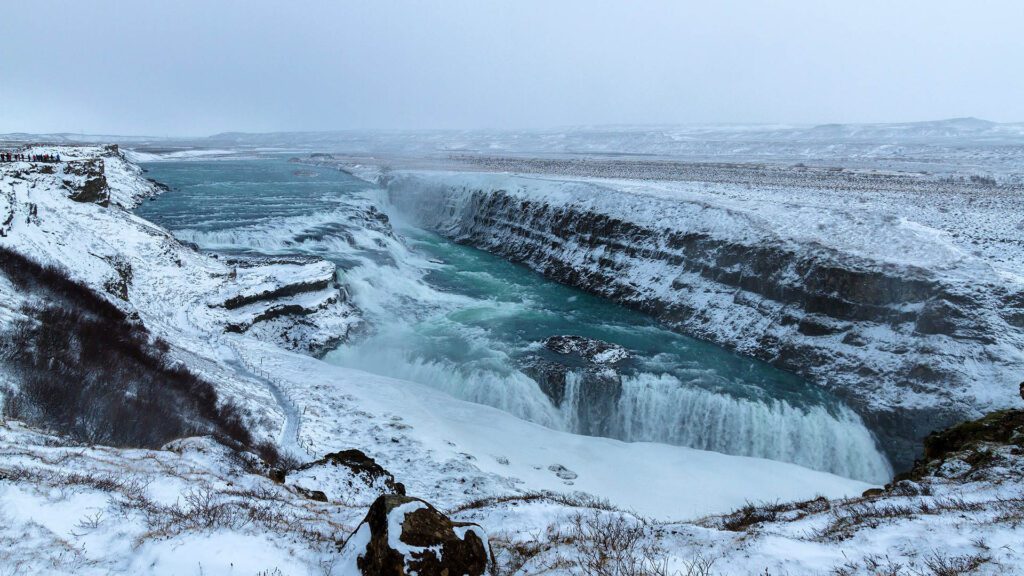
Góa-Easter
The Easter holiday usually starts during Einmánuður (the last winter month). But occasionally, when it is very early, Góa is still ongoing. Then they’re called Góa-Easter (góupáskar), which is usually newsworthy since it is so rare. It happened only twice in the 20th century, in 1913 and 1940. It happened in 2016 and won’t happen again until 2160.
The so-called “Summer Easter” is more common and happens every 15 years on average. This century will happen six times; in 2011, 2038, 2057, 2068, 2079 and 2095. It is called Summer-Easter because Maundy Thursday falls on the First Day of Summer. That is the first day of Harpa, the first summer month, and begins on a Thursday between 19 and 25 April.
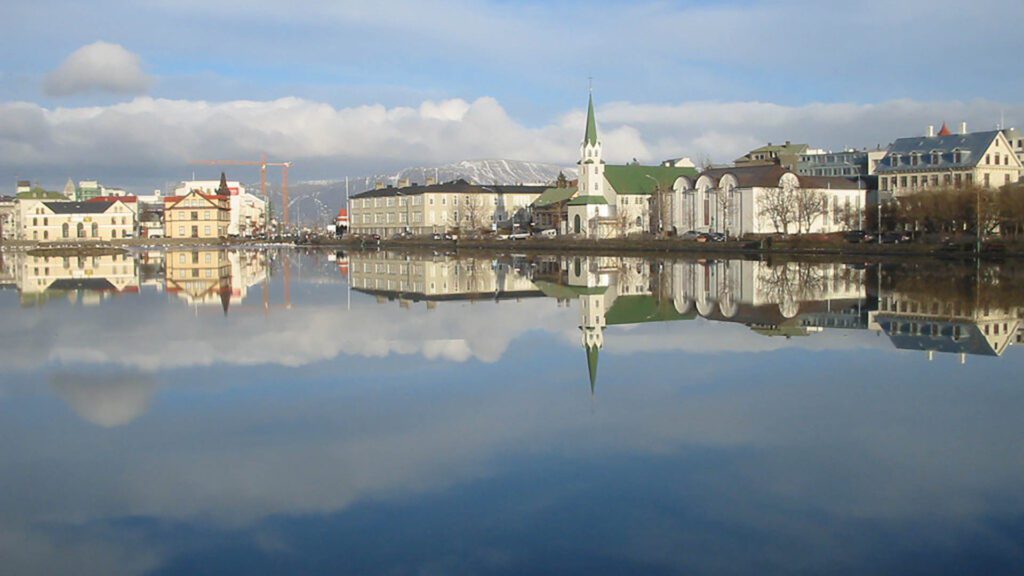
Folklore about Góa
An 18th-century poem says that husbands should welcome Góa as their wives did at the beginning of Þorri. Walk out the door on the last day of Þorri and invite her in as a highly regarded friend with praises.
Some sources say the housewives did this as well, as many men were out at sea at this time of year.
The Góa weather was (and is) very important. If the first three days of Góa were horrible, then the rest of the month would be good. Some believed the first three days could also determine the summer. So we will always wish for the first three days to be horrible!
The last day of Góa, called Góuþræll, was for many the unluckiest day of the year, especially if you are a fisherman. There are many stories about significant storms and the great loss of human lives on Góuþræll through the centuries.
Please signup HERE for our newsletter for more fun facts and information about Iceland!

